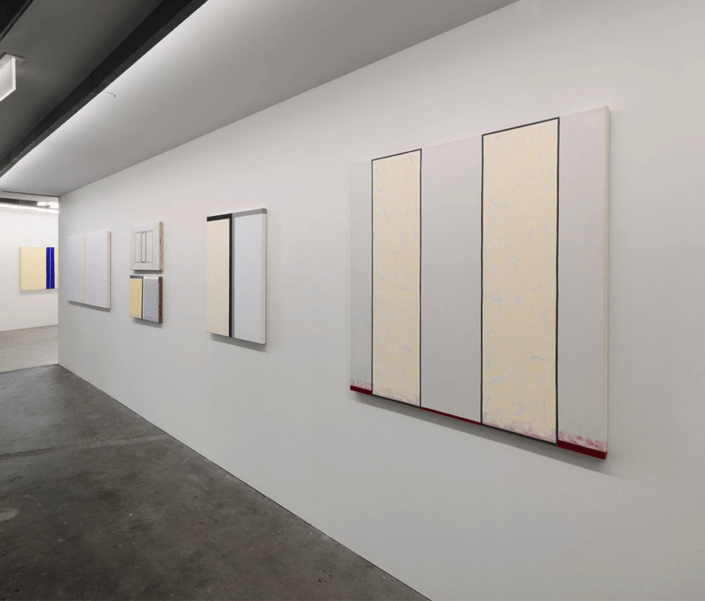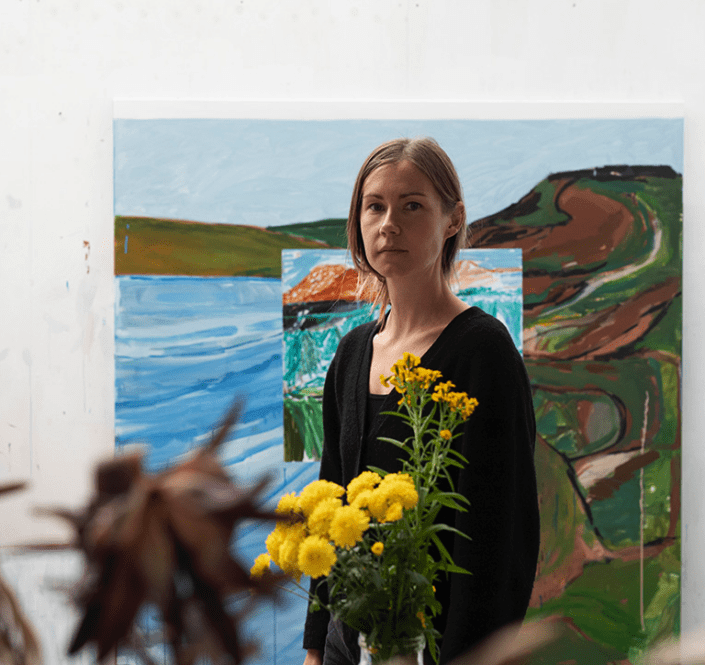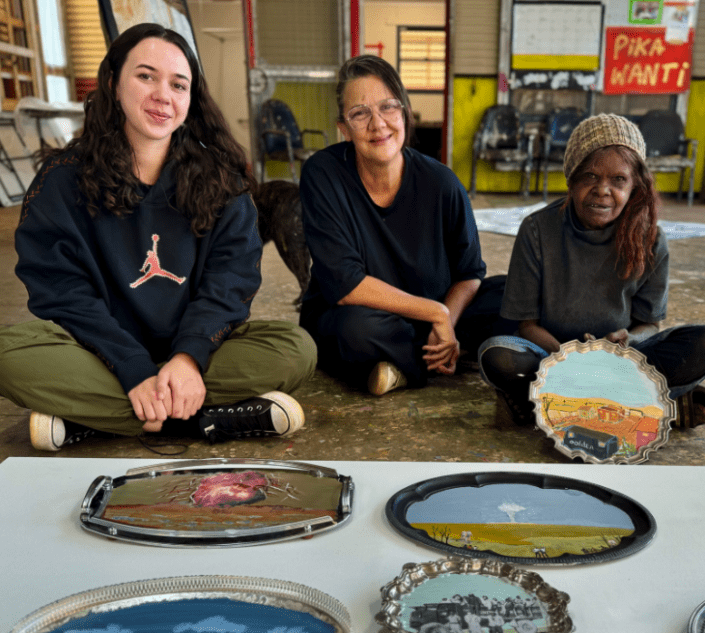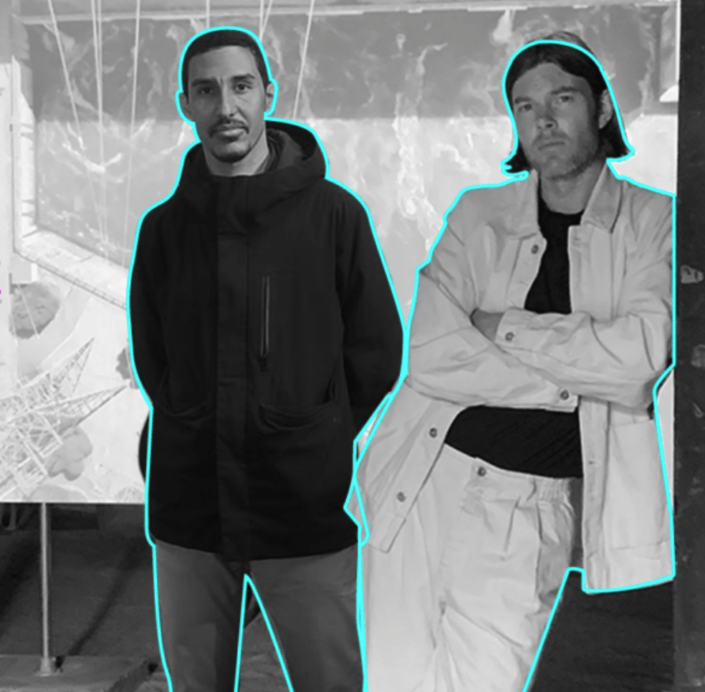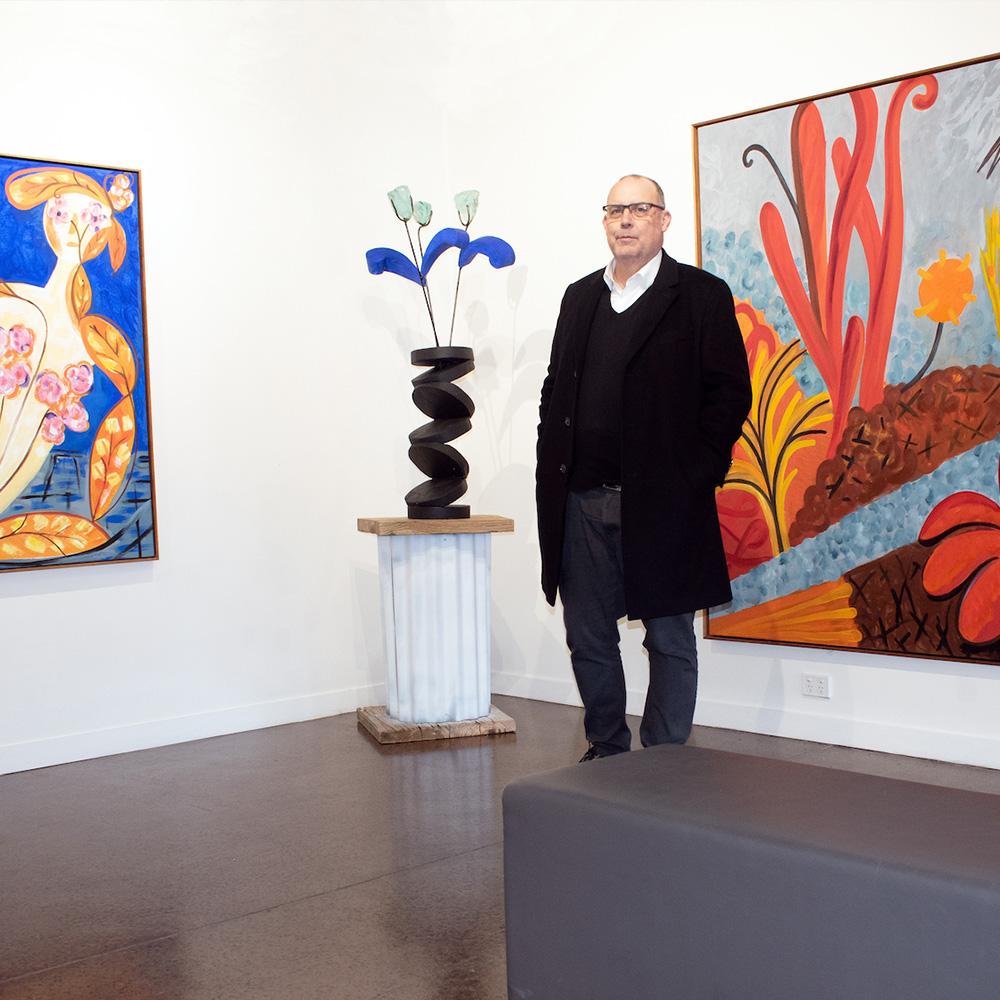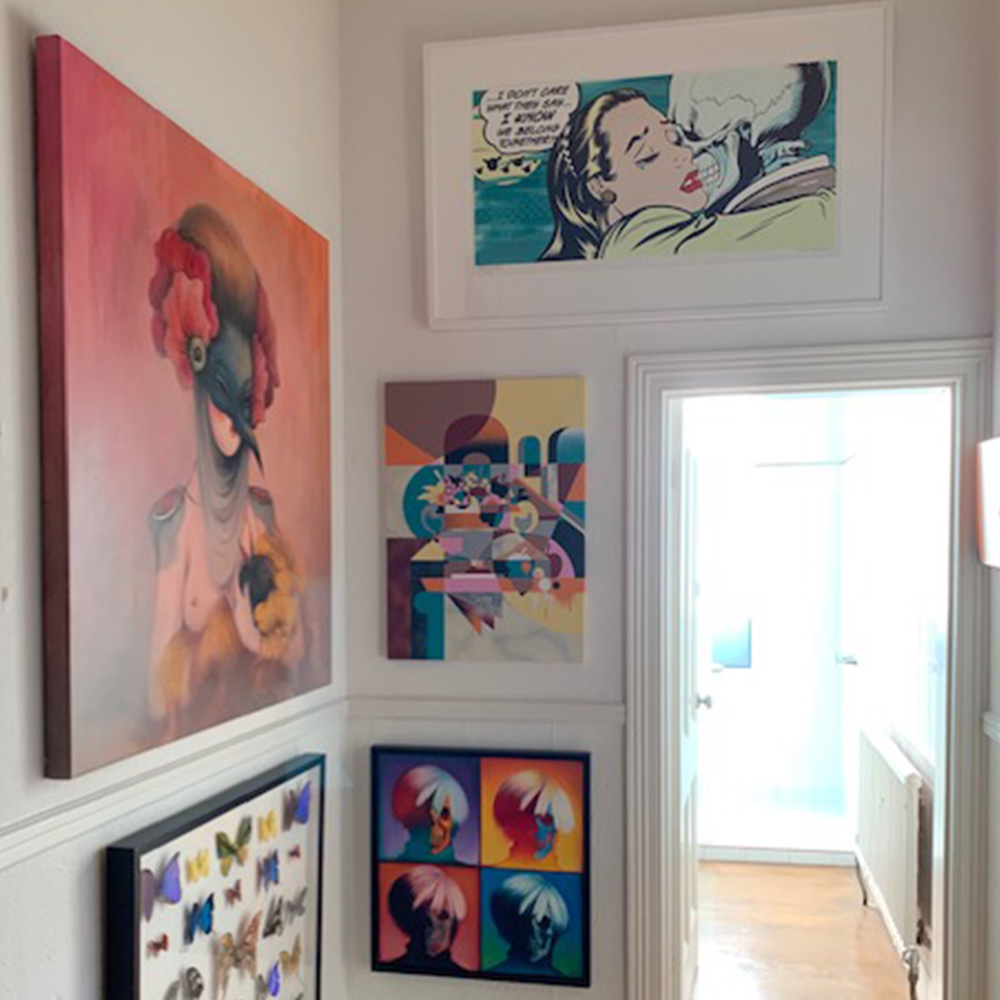Mysterious Processes
Art Gallery of New South Wales director Michael Brand curates the exhibition Some Mysterious Process, examining the gallery’s half-century collecting contemporary art.
Interview: Camilla Wagstaff
Photography: Jacquie Manning
The exhibition Some Mysterious Process, which you have curated, seeks to address questions of what and how the Art Gallery of New South Wales (AGNSW) collects. So, what does the AGNSW collect?
The AGNSW collects art. In a way, it collects everything. It collects Australian art, it collects international art, it collects contemporary art and it collects historical art… that’s the broadest parameters but we are not, what you would call, an encyclopaedic museum. We don’t collect, for example, Greek antiquities, or Egyptian antiquities… though we do collect historical Asian art. We don’t collect the decorative arts, though we do have some ceramic works in the collection.
If you look at the way we collect, we follow Sydney’s quite strange history. So, we start off, of course, looking to London. The first works we’re buying are Australian works, but also works that were produced in London at that time. Then we eventually open up to the rest of Europe, and we buy our first Impressionist painting in the 1930s. And then we start to buy historical European art and the Old Masters. Then we discover historical Asian art and then we become one of the first museums [in Australia] to have a contemporary art department and we really start to focus on that.
How do you make decisions around what to collect and what not to collect?
We have an acquisition policy, as all art museums do. They can only be a very broad guide and in essence they tell you what you shouldn’t be buying. But it’s not a very strategic thing, it doesn’t say, ‘Well this year, we’re going to look at artists painting in Belgium in 2010s’. It’s a broad focus, and then what has to happen is the curators have to follow leads, go out and look at a lot of stuff.
Then it’s really a matter of the curatorial team looking and thinking, what would be the priorities? Are there any particular gaps in the collection that are important? Do we have works by major artists?’ For example, Colin McCahon, who features in the exhibition. It was terrible and shocking to discover we didn’t have a major work – any work! – by him, so that’s a gap we’ve filled recently.
Other times, it may just be going to Art Basel Hong Kong and seeing something that you think is fantastic. For example [Tanzanian artist] Lubna Chowdhary in the show, we saw her work there in 2019 and thought, ‘It’s fantastic work, let’s think about how that would work in the collection’. So, it’s having the broad parameters and then allowing the curators’ eyes and minds to work out what we all think is the most appropriate.
And of course, as with any other museum, we don’t have unlimited resources. And that does help guide you too. If it’s got a $50 million price tag, it’s probably not going to be part of the collection. One of the things that really comes out in the exhibition is that even though we might not have money in hand for something – and we do have money in hand through our foundation providing annual acquisition funds – often if we see something really important we want to buy, we will go out and have a particular campaign. We might call up a particular donor who we know is passionate and can do that sort of work or just say ‘This is a once in a lifetime opportunity, let’s see if we can acquire this’.
But clearly, without philanthropic support, the collection would hardly develop at all.
That leads into my next question. The show seeks to tell the story of how the AGNSW collection has come together through planning, through serendipity, through curation and through philanthropy. How do you work with philanthropists?
The most successful sort of philanthropy is when there is a long-term relationship. Just thinking ‘I really want to buy that painting, who can I call?’ isn’t going to work. It’s about building the trust, getting the philanthropists interested in your vision for the institution and for the collection, and incorporating them in the excitement of its development so they feel really engaged in what the gallery is trying to do. And, importantly, that they also see the benefit of the work’s potential to be seen by so many people.
Most of the philanthropists who support our collection also have their own collection, as you’d expect. They know the pleasures of living with art and seeing it often, but they also know that not everyone can do that. By supporting an art museum, they allow so many more people to have that experience of engaging with a work of art in the flesh.
The show also touches on the evolution of societal expectations in the gallery’s collecting history. How would you say these have evolved over time?
Certainly, in the history of the institution, they’ve changed dramatically from being more conservative, but that’s obvious. Probably the biggest change would be going beyond the standard Western canon and saying it’s not just about Australia, Northern Europe and the United States, that we’re looking at Asia, we’re looking at the Middle East, Latin America, The Pacific and other places.
We were one of the first art museums in Australia to buy and display Aboriginal art as art. So that was a major step. There’s always a pushback too, if you look at the journals of the day, there are some art critics saying, ‘That’s fantastic’ and some saying, ‘That’s highly inappropriate’.
But also, absolutely even more so, gender. That’s been a major shortcoming of the whole art world, not just public art museums. You can’t change that instantaneously. And that was an interesting question I had for myself in curating the exhibition. In collecting for 50 years, do you try to balance [the male to female representation] fifty-fifty? And you first think ‘Well that’s what I should do’, but then you think, ‘No I can’t, because it’s about collecting for that period and in earlier periods, it wasn’t balanced’. So, because the show is roughly chronologically ordered, there will be less [female artist representation] in the beginning but much more towards the end.
But it’s not just the numbers. You can play the numbers; you know if you had X number of dollars you could say, ‘Well, I can buy 10 cheap works by [female] artists to boost the numbers. Or you can buy something really significant that’s going to make a major impact beyond display and say something really important.
Ultimately, you’ve just got to make sure everyone in the institution believes in [redressing gender disparity] fully and is working towards it. I don’t think saying, ‘By this October, if we don’t have fifty-fifty, we’re going to buy the next 30 works all by women’ is helpful. But I think once you start thinking about it, you can’t really go back. It seems so obvious now that something’s wrong if every [work] you’ve started to buy or put in an exhibition is all by men. You just know it’s back to the drawing board.
What do you think makes a great personal art collection?
I suppose one way of looking at it is that there are collections and then there are holdings, as perhaps you might call them. People do buy art as an investment, it’s not illegal, and they might have a holding of very valuable works of art. And maybe they are works that I would love myself, but that’s not really a collection.
To me, a collection is a group of works of art put together by someone for personal reasons. They’ve thought about them, they’ve looked at them, they’ve lived with them. They want to share them with other people, they want to talk about them, write about them. I think it’s that personal link.
When you visit a collection, as when you visit an art museum, there needs to be some surprises. If you keep going to houses and you see exactly the same 20, mainly male, artists … you’re like okay, that’s not surprising. But if you go and find that someone has a passion for Japanese baskets from the 19th century which are fantastic, that’s brilliant. That’s more interesting than seeing yet another blue-chip collection. Not that there’s anything wrong with blue-chip art either, as long as there is balance.


